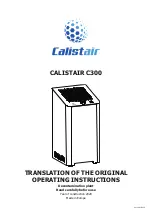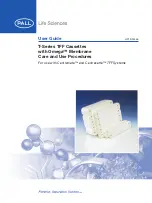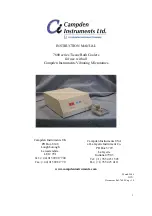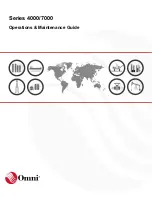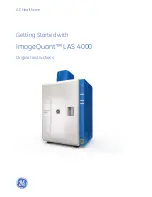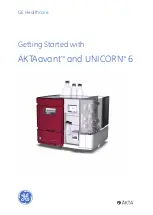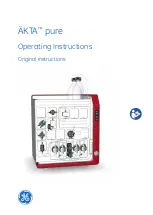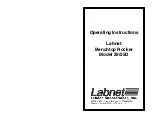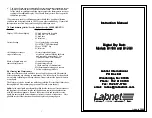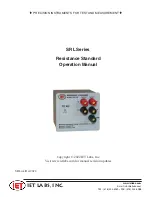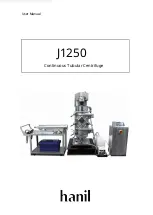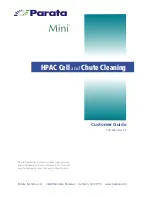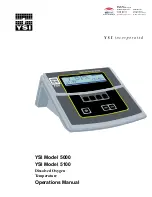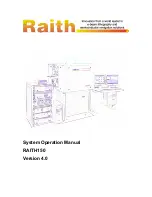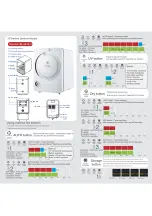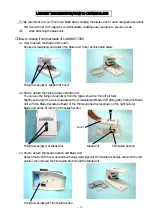
6-2
6-1
P/N VT-108732-US, Manual revision: C
Handling Blood and Blood Products
CLEANING AND DISPOSAL PROCEDURES
When using the Sealing Head or related blood handling equipment, always be
aware of the potential for coming in physical contact with blood and blood
products while performing cleaning and maintenance, or in the event of a blood
or blood product spill. The following recommendations should be employed to
properly clean and safely decontaminate any affected areas and/or to properly
dispose of any clean up materials and equipment.
Be prepared
Design blood handling areas to facilitate the cleanup process. Place necessary
supplies, equipment and instructions in a specific, well-marked location near any
areas where the potential for blood spills exists. Be sure all personnel involved
with blood handling are thoroughly trained in spill management procedures.
Develop and implement a regular cleaning schedule of the working area and
equipment.
Maintain
awareness
Assign individuals responsibility for the maintenance of clean-up supplies and
equipment, spill handling leadership and training, and record keeping. Signif-
icant blood spill occurrences should be reviewed and analyzed as a means of
reducing such incidents by enhancing personnel understanding of possible
causes of spills and how to avoid them.
Protect others
Keep nonessential personnel away from the spill area and warn them of the potential
danger.
Protect yourself
Wear disposable protective gloves while using blood and blood product equipment
and during any spill clean-up. If sharp objects are present in a spill area, gloves
must be puncture resistant, or use appropriate instruments (e.g., a broom and
dustpan) for clean-up to avoid contact with objects that could puncture gloves.
Protective eye wear and outerwear (gown or lab coat) are also recommended.
Confine and
absorb the spill
Using paper towels, or other absorbent material, absorb the spill, working from
the outside perimeter of the spill area toward the center. Totally absorb the spill
and be sure to remove any broken glass and other contaminated debris with a
broom and dustpan.
Chapter 6
Summary of Contents for SEBRA 2605
Page 1: ...operation manual VT 108732 US Model 2605 Segmenting Head VANTE INC IGNITING INNOVATION...
Page 2: ...Printed in USA Copyright 2002 2010 2017 Vante...
Page 4: ......
Page 7: ......
Page 12: ...P N VT 108732 US Manual revision C Sealing Head Description 2 4...
Page 18: ......
Page 30: ......
Page 31: ......





















